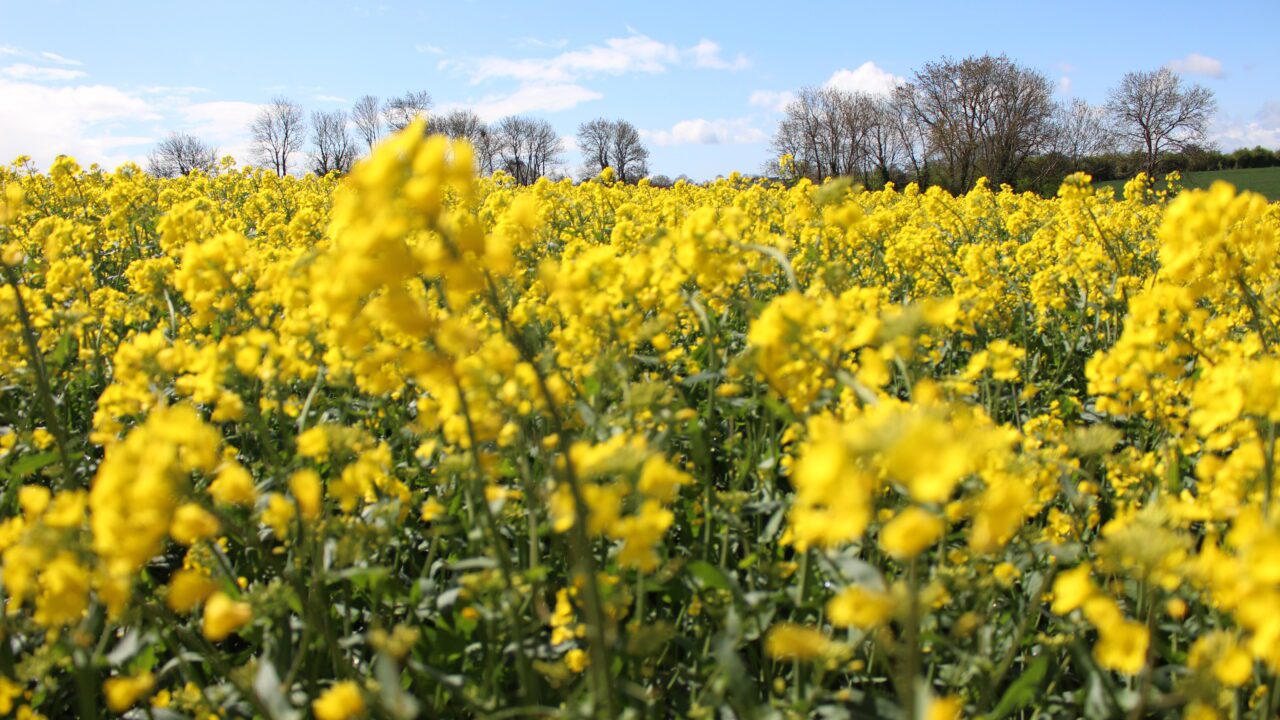With winter barley crops coming off fields early this season, it is ideal for planting winter oilseed rape.
In 2020, the area of winter oilseed rape held stable, while spring oilseed rape area increased.
Farmers planting winter oilseed rape have a number of options available to them when it comes to varieties. Many will look to the recommended list, while some will venture further. This season Alizze, Aquila and Dariot have all been fully recommended by the Department of Agriculture.
Aquila has the highest relative yield on the recommended list at 106, while Dariot came in at 104.
Alizze rated highest for oil content with a score of 102. Alizze, Anastasia and PX113 all have lodging resistance scores of 8.
Alizze and Anastasia have the highest rating for resistance to light leaf spot with a score of 7.
Sowing
August is the ideal time for planting, while some may push sowing into early September.
Farmers should be aiming to have 30-50 plants/m² of oilseed rape. To achieve this 60-80 seeds/m² need to be planted.
Break crop
Oilseed rape acts as a great break crop and provides farmers with an opportunity to control grass weeds. Pre-emergence herbicides give effective weed control.
Oilseed rape can also help to improve soil structure. Some people call oilseed rape a super cover crop as it provides a cover soon after a cereal crop is harvested and stays on the ground for a large proportion of the year.
It has a great tap root and a good root structure which can help to improve the soil quality.
